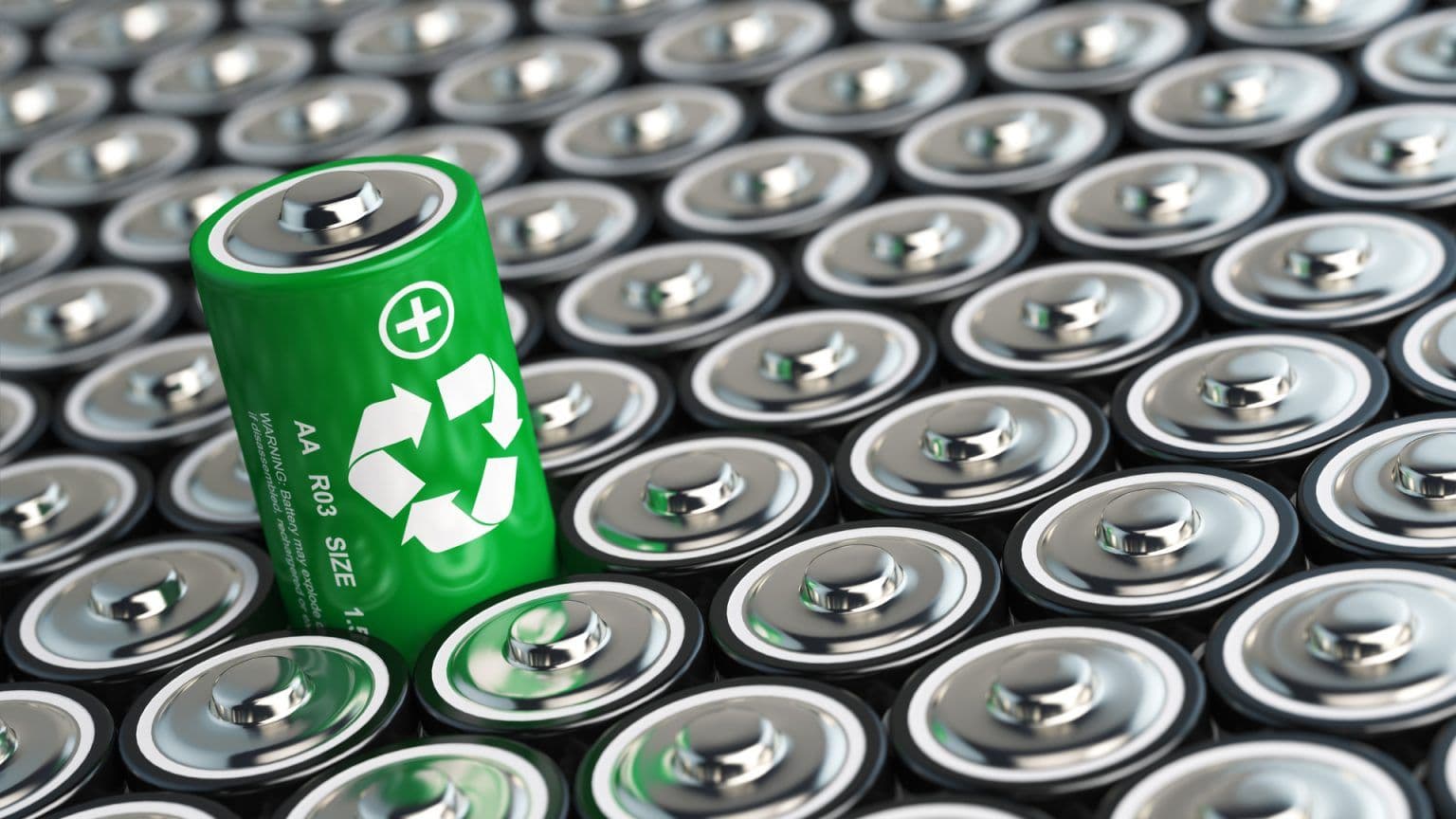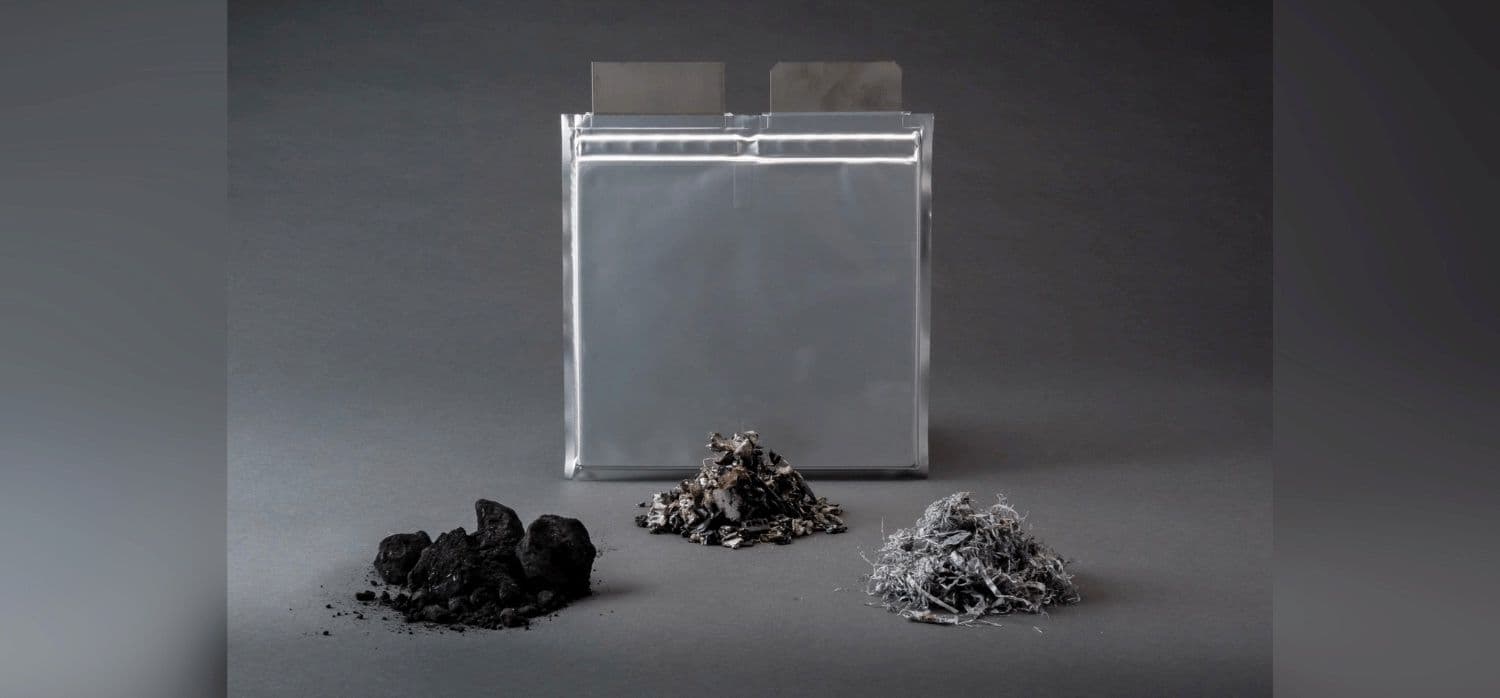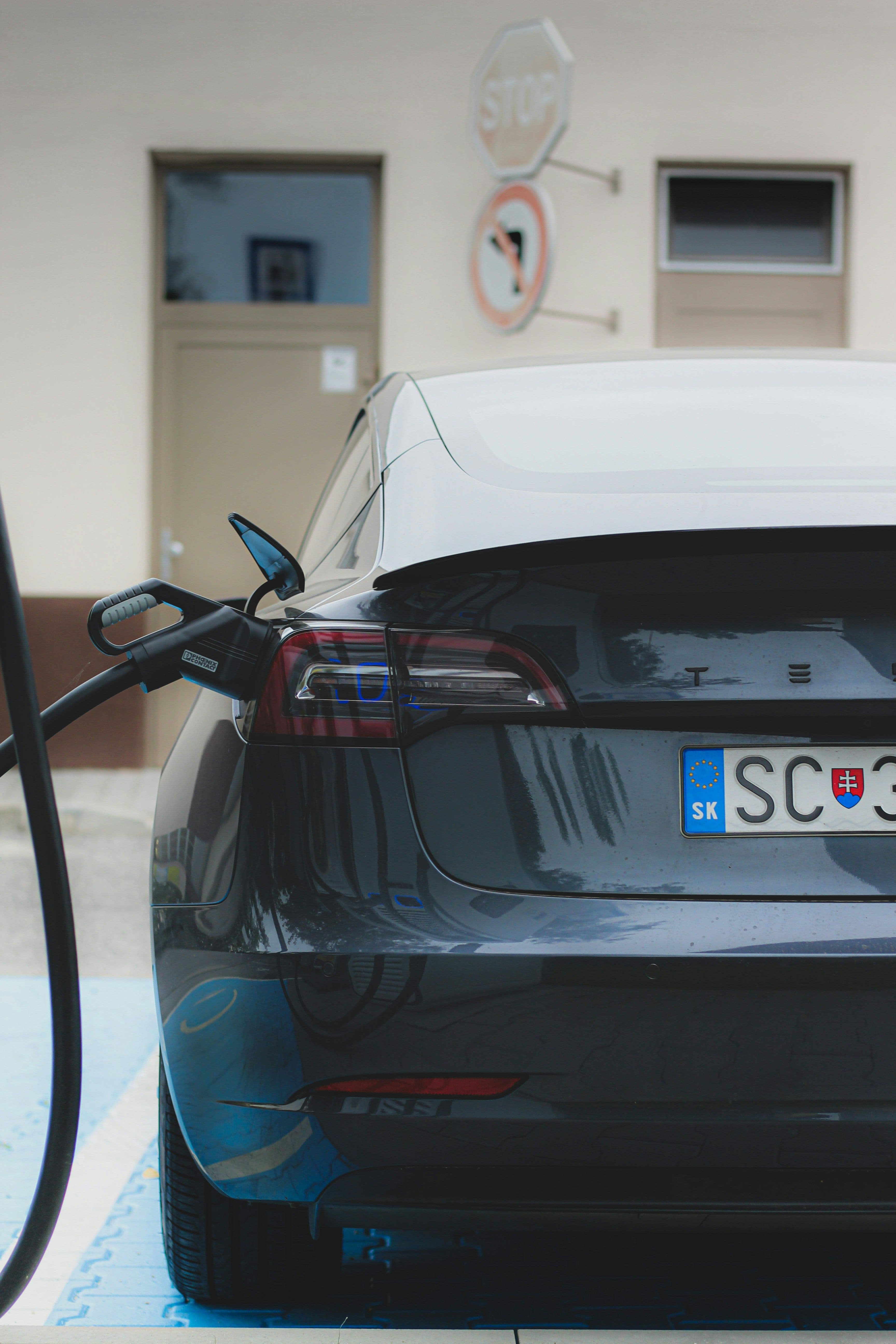The global shift towards sustainable energy has placed a spotlight on battery recycling, a vital component in the transition to a greener future. This article compares and contrasts the initiatives taken by the United States and the European Union, two leaders in the field, as they address the growing demands and environmental challenges associated with battery production and recycling.
The E.U. Battery Framework
For years, the E.U.'s battery directive from 2006 guided the industry, but as technology advanced and demand surged, its limitations became evident. In response to an expected 14-fold increase in battery demand by 2030 and related environmental concerns, the E.U. has taken decisive action with a new law for more sustainable, circular, and safe batteries.
E.U. Regulations: A Comprehensive Approach
- Holistic Lifecycle Strategy: The E.U.'s regulation adopts a holistic lifecycle approach. It encompasses everything from raw material extraction to end-of-life disposal, prioritizing circular economy principles to ensure efficient use and responsible disposal of batteries.
- C.E. Conformity Assessment: Starting in August 2024, a stringent conformity assessment will require all batteries to be C.E. marked, reinforcing adherence to high environmental and safety standards.
- Diverse Battery Categories: The regulation categorizes batteries into five distinct types: portable, LMT, SLI, industrial, and E.V. batteries. Each category faces tailored compliance requirements, addressing different battery types' unique challenges and impacts.
- Innovative Battery Passport System: Beginning in February 2027, a novel electronic battery passport system will be mandatory for specific batteries. This initiative aims to boost transparency and facilitate seamless information exchange within the supply chain.
- Rigorous Supply Chain Due Diligence: From August 2025, companies will be mandated to implement comprehensive due diligence policies for batteries containing vital materials like cobalt and lithium. This move targets ethical and sustainable sourcing practices.
- Extended Producer Responsibility: The regulation introduces ambitious targets for recycling efficiency and material recovery, effective August 2025. These targets, particularly for materials like cobalt and lithium, are set to increase progressively starting from December 31, 2027.

EU Battery Regulation – Adobe Stock
Market and Environmental Transformation
Sustainable Market Growth:
- This regulation is a strategic step toward sustainably managing the market's expansion, aiming to lessen the environmental footprint of battery production and disposal. It emphasizes recycling and reducing reliance on non-E.U. Sourced materials.
Empowering Consumers:
- From February 2027, the design of portable batteries will evolve to allow easy removal and replacement by users, extending product lifespans and minimizing waste. Enhanced labeling and digital passports will equip consumers to make more informed choices.
Tackling Demand and Environmental Issues
Addressing Soaring Material Demand:
- With the anticipated exponential rise in demand for materials like lithium and cobalt, the regulation seeks to balance this growth with environmental and social responsibility.
Mitigating Manufacturing Impacts:
- The regulation also addresses the significant environmental concerns associated with battery production, particularly in high-pollution regions, striving for a more sustainable production approach globally.

Battery Value Chain – EU Battery Alliance
U.S. Battery Recycling Initiatives
While the E.U.'s comprehensive and regulatory-focused approach charts a path toward uniformity and lifecycle management in battery recycling, it's intriguing to contrast this with the initiatives undertaken by the United States. The U.S. strategy, marked by its diversity and emphasis on innovation, offers a different yet equally compelling blueprint for addressing the environmental challenges of battery production and disposal. This shift in focus from the E.U.'s regulatory framework to the U.S.'s mix of federal and state-level initiatives underscores the varied methodologies employed on either side of the Atlantic in striving towards a sustainable future in energy storage and usage.
Federal Initiatives
- Department of Energy's Investments: A significant thrust in federal initiatives is the Department of Energy's (DOE) investment of over $192 million for battery recycling and advanced battery research. This funding is a part of a broader strategy to enhance the United States' capabilities in sustainable battery technology and recycling practices.
- Advanced Battery R&D Consortium: The launch of an R&D consortium underlines the federal commitment to advancing battery technology, emphasizing sustainable practices in battery production and end-of-life management.
- Lithium-Ion Battery Recycling Prize: Continuing from 2019, this prize is an innovative approach to incentivize and recognize breakthroughs in battery recycling technologies, fostering a culture of innovation and sustainability in the sector.
State Initiatives
- California: California has revamped its battery recycling efforts with a new law, which overhauls the state's extended producer responsibility (EPR) schemes. These laws mandate battery producers to create stewardship programs for battery collection and recycling, and they extend the e-waste program to include battery-embedded products.
- Texas: Texas is home to North America's largest emissions-free and sustainable battery recycling park, spearheaded by ACE Green Recycling. This facility recycles lead-acid and lithium-ion batteries, leveraging technology that promises zero carbon emissions and higher material yields.
- Vermont: Vermont was the first U.S. state to mandate primary battery producers to finance a battery recycling program. Over 149,000 pounds of batteries were collected through Call2Recycle's established collection network in Vermont.
- Nevada: Companies like American Battery Technology Company, Redwood Materials, and Aqua Metals in Nevada are advancing lithium-ion battery recycling, with the former expected to reach a processing capacity of 320,000 tonnes by 2027 and the latter having started operations at its pilot recycling plant.

Recycling Laws By State – Call2Recycle
Legislative Catalysts
- Inflation Reduction Act: A landmark legislative move, this act sets forth stringent requirements for the domestic supply chain of E.V. batteries. It incentivizes the recycling of battery materials, ensuring that a significant portion of critical minerals in E.V. batteries is sourced from North America, countries with free trade agreements with the U.S., or through recycling within North America.
- Clean Vehicle Credit Provisions: These provisions, part of the Inflation Reduction Act, stipulate that electric vehicles containing battery components or minerals from foreign entities of concern will not be eligible for the federal Clean Vehicle Credit starting in 2024. This measure is designed to encourage the development of a domestic and sustainable battery supply chain.
Positive Impacts
- Environmental Benefits: These initiatives significantly reduce the environmental impact of battery production and disposal. By focusing on recycling and minimizing reliance on external raw materials, they help in mitigating the carbon footprint of the battery life cycle.
- Economic and Strategic Advantages: By bolstering the domestic battery recycling industry and supply chain, these initiatives enhance U.S. strategic autonomy in critical technology areas and create new economic opportunities.
- Consumer Engagement and Market Transformation: The emphasis on sustainable practices is expected to influence consumer behavior, increasing demand for environmentally responsible products. It also drives innovation in the battery sector, pushing manufacturers towards greener and more efficient production methods.

Battery Supply Chain – ABTC
A Comparative Analysis
Approach and Focus
The U.S. and the E.U. approach battery recycling from different angles. The U.S. strategy integrates federal investments with state-driven initiatives, creating a flexible approach that caters to the diverse needs of each region. This allows for a range of innovative solutions across the states. In contrast, the E.U. follows a more standardized path, emphasizing uniform lifecycle management for batteries across all member states. This approach leans heavily on regulatory controls, aiming for consistency across the continent.
Innovation vs. Regulation
Innovation is at the forefront of the U.S. approach, with programs like the Lithium-Ion Battery Recycling Prize encouraging new technological developments. The E.U., on the other hand, focuses on systematic regulatory control. Tools such as mandatory battery passports and C.E. conformity assessments are critical to the E.U.'s strategy, ensuring compliance and standardization in battery recycling practices.
Market Impact
These differing approaches lead to varied impacts on the market. In the U.S., the diverse strategies of individual states could create a dynamic and innovative market landscape. While fostering uniformity, the E.U.'s consistent regulatory framework might face challenges in adapting quickly to regulatory changes.
Challenges and Future Outlook
Technological Integration and Market Evolution
The U.S. and the E.U. face the challenge of integrating emerging technologies with existing market structures. The U.S. must find a way to align its varied state-level initiatives with federal goals. Conversely, the E.U. aims to ensure its comprehensive policies are uniformly implemented across its diverse member states.
Global Supply Chain Influences
The U.S. and the E.U. initiatives will likely significantly impact the global battery supply chain. This includes changes in raw material sourcing, manufacturing practices, and recycling technologies. Both regions need to balance their domestic strategies with the complexities of a globally interconnected market.
Sustaining Progress
The long-term success of these initiatives will depend on their adaptability to changing market conditions and technological advancements. The U.S. may lead in technological innovation, while the E.U. could set a standard for regulatory frameworks. The ability to sustain innovation while ensuring environmental and economic sustainability will be crucial.




